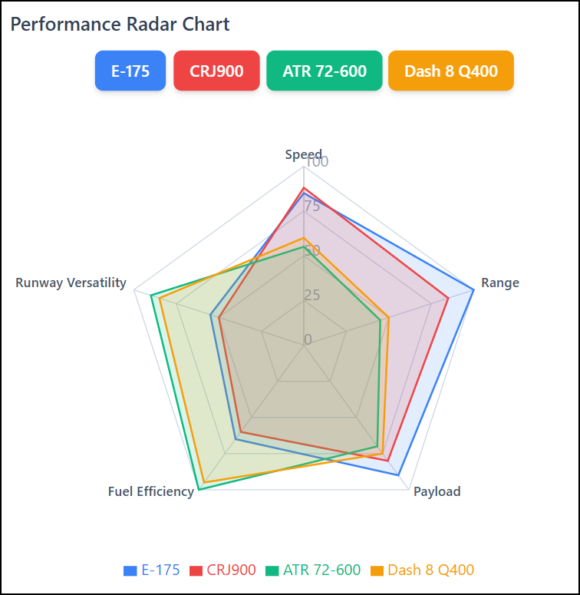
800px Embraer logo
Brazil’s Embraer is having an excellent year and maintaining this momentum. Yesterday, it announced the FAA certification of its E-Freighter.

Based on Embraer’s E190, the E-Freighter has been certified by the Federal Aviation Administration. Embraer’s passenger-to-freighter conversion and the Cargo Loading System, developed by U.S. Cargo Systems, received the certification by the FAA in September 2024. In July, the E-Freighter was certified by the National Civil Aviation Agency of Brazil (ANAC), and EASA certification is due later this year. The aircraft was developed to fill a gap in the air cargo market and to replace older, less efficient models.
The E190F program was launched in May 2022 to meet the changing demands of e-commerce and modern trade. These demands require fast deliveries and decentralized operations, driving the demand for more rapid delivery of shipments to regional markets. The E-Freighter made its debut flight in April and first public appearance during the Farnborough Airshow in July.
“FAA certification is an important milestone in our passenger-to-freighter conversion program. We are excited to enter this market, filling a gap that has evolved in the market to meet the growing demand globally for faster deliveries, not just to metro areas, but to all regions. With our E-Jet footprint across the US and worldwide, we are offering optimum cargo solutions to our customers for this connected world”, said Martyn Holmes, Chief Commercial Officer, Embraer Commercial Aviation.
E-Jets converted to freighters will have over 40% more volume capacity, three times the range of large cargo turboprops, and up to 30% lower operating costs than larger narrowbodies. If combining capacity under the floor and main deck, the maximum structural payload is 13,500 kg for the E190F.
Crucially, the E190F program provides the airframe with a second life. As we have seen from the path developed by Boeing’s converted freighters, this is an excellent way to maintain values. As many E190s retire and are replaced by the E2s, the E190 frames can be moved into the conversion program.
But wait, there’s more.

Embraer’s C-390 Millenium tactical transport aircraft has two new customers: the Czech Republic and the Kingdom of Morocco. Rumor has it that Argentina, Chile, and Colombia have signed letters of intent, while Angola, Egypt, Greece, India, Rwanda, Saudi Arabia, South Africa, and Sweden are cited as potential customers.
These deals come at an excellent time for Embraer. The C-390 was developed based on funding from the Brazilian Air Force, but that deal and the financing shrank. Finding new customers became critical, and Embraer has found several willing to replace aging C-130s. The risk Embraer took many years ago is paying off.
And then, there was one more good news item yesterday.
Brazil’s Ministry of Science, Technology and Innovation (MCTI), Embraer, and the Financiadora de Estudos e Projetos (Finep), which promotes Brazil’s economic and social development through public funding for Science, Technology, and Innovation, celebrated an agreement for R$ 126,7 ($23 million) investment in sustainable aircraft technologies research. The announcement occurred when the Minister of Science, Technology and Innovation, Luciana Santos, visited Embraer’s headquarters in São José dos Campos, Brazil.
Among the priorities are developing and validating innovative and complex technologies that allow the design and production of aerodynamical and structural high-efficiency wings in composite material. Also included in the project’s scope is the study of the feasibility of technologies associated with autonomous systems focusing on safety and pilot workload reduction. The technological readiness of these two research fronts allows for the potential development of lighter and more efficient aircraft with lower emissions.
Brazil’s government investment fits what we see in the US and EU. Deloitte notes: “Brazil’s economy remains in decent shape, thanks to its tight labor market and stronger business investment—but imbalances and risks remain.” Having been burned by the funding shrink on the KC-390, Embraer must appreciate that 50% of this investment is “non-reimbursable funding.” Embraer will fund the other half and is in a position to do so.
It was a good week for Embraer during what looks like its best year.
Views: 50




